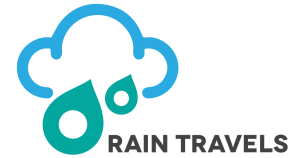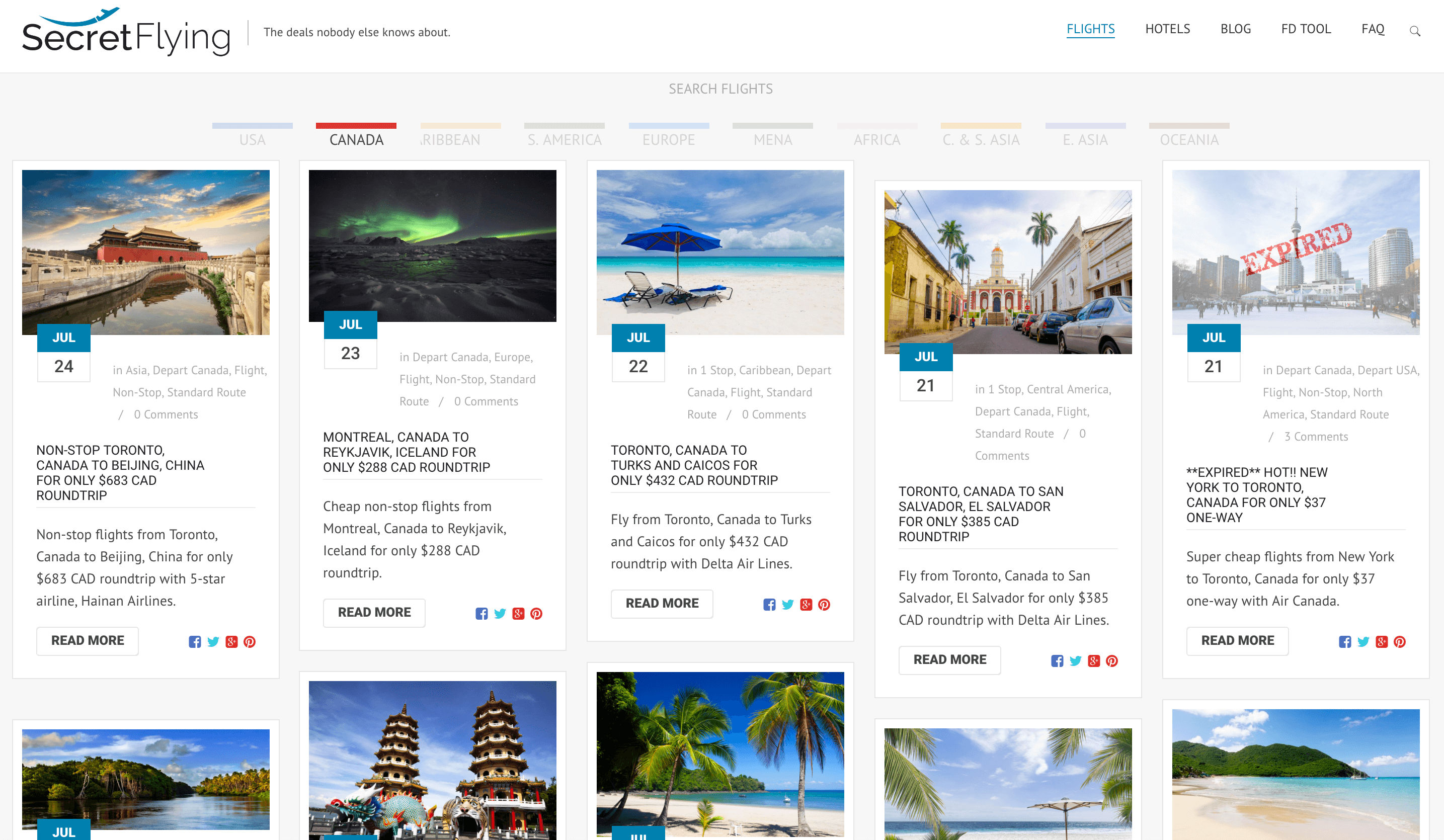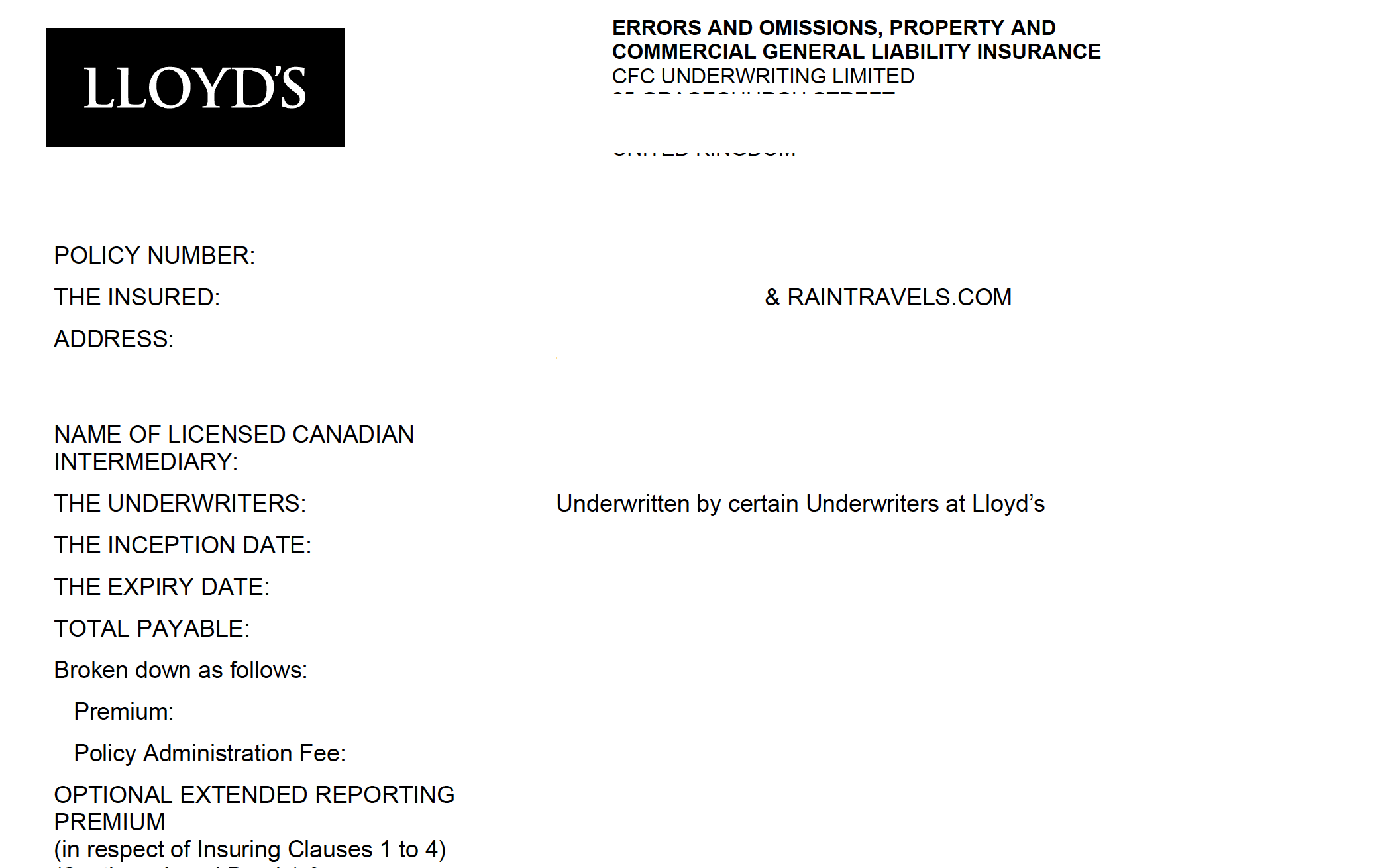How Tourism Boards and Airlines Should Work Together to Increase Demand by Leveraging Airfare Tracking Websites (ATWs).
An Introductory Report by Rain Digital Inc. and RainTravels.com. PDF available here.
With the rise of Google Flights, ITA Software and other similar tools, it is now significantly easier to search and compare airline pricing. This has lead to the rise of Airfare Tracking Websites (ATWs), which originally shot to popularity for publicizing mistake airfares. Some are listed below:
Canada:
http://www.yyzdeals.com
http://www.nextdepature.ca
U.S.:
http://www.airfarewatchdog.com/
https://flightfox.com/
http://www.secretflying.com/
These sites crawl the web for airfares that fall below its moving averages. For example, if a flight from New York to Tokyo averages $900 during off-peak season, but one becomes available for $650 or less, this would trigger an alert to the above ATWs who would then post it to their sites as a flight deal. This in turn gets seen by thousands of the sites’ followers through email and social media.

Getting Posted
It goes without saying that in order to get posted on these sites, the airlines simply need to reduce their airfares enough to get noticed; a tactic already employed by airlines (hey, at the end of the day it’s free advertising).
The Other Player
Taking a step back, let’s take a look at the role of Tourism Boards. Most countries or regions have one that are usually funded by its respective Tourism Ministry or government body. The Board’s goal? To increase awareness and ultimately increase tourism to the country/region. This ‘awareness creation’ can take the form of advertising, PR, sponsored events, and conventions to name a few. The problem with most of these tactics is that it’s hard to measure its effectiveness and to track back the results to a specific campaign.
The Board Math
Although not a perfect science, the effectiveness of a Tourist Board can be measured by the below.
X = Total visitors for the period (usually yearly)
Y = Number of estimated visitors that would come regardless of the Board’s efforts
$ = Total board budget
Therefore, the average cost of ‘acquiring’ a new visitor = $/(X-Y)
Once this figure is known, it must be compared against the estimated economic benefit of an additional tourist to determine the return-on-investment (ROI) generated from the respective Board’s efforts.











